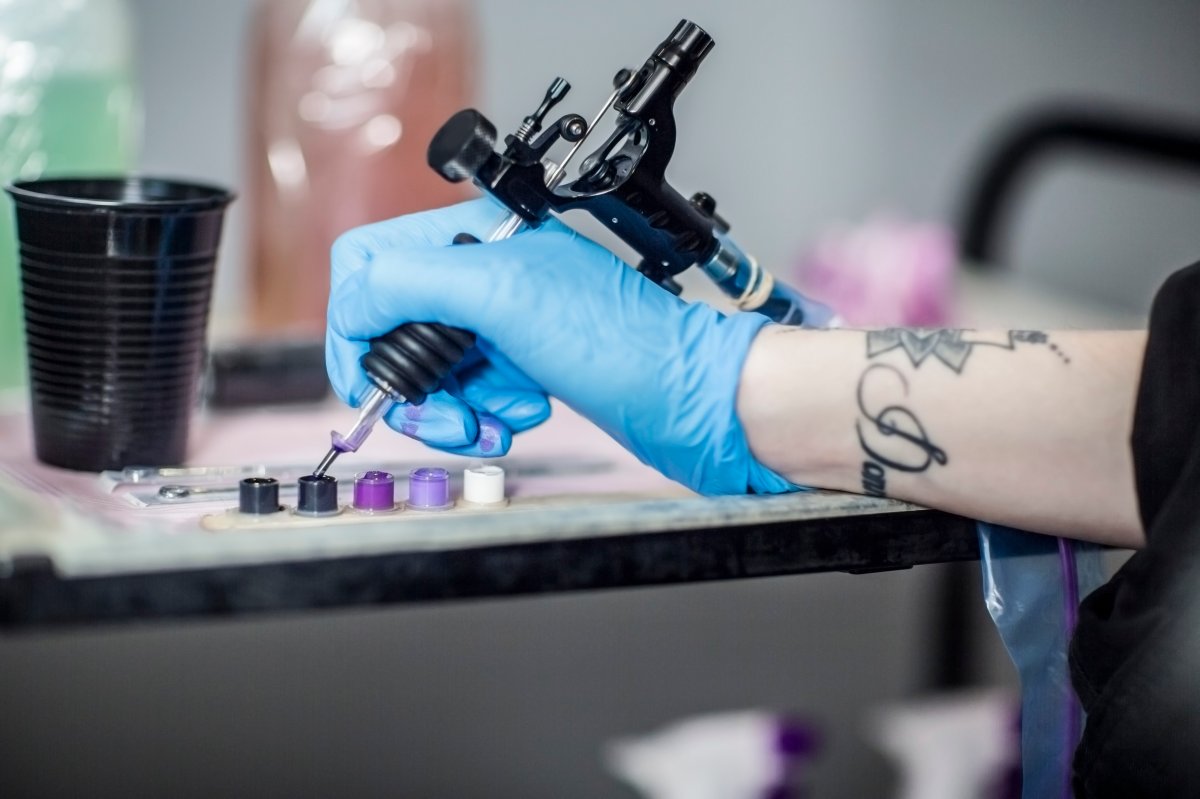A Sweden-based international study led by a researcher from Western University in London, Ont., found that the majority of tattoo samples tested contained pigments of concern and failed to meet labelling standards, where they exist.

Researchers say the findings raise several concerns, but “from a consumer and medical perspective, the mislabelling of ingredients might be most problematic.”
“This study suggests that tattoo inks should be better controlled, and consumers should be more careful,” said lead researcher Yolanda Hedberg.
“Least impurities have been found in black and white colours, while the most problematic substances were found in red inks. The differences between different brands were remarkable.”
According to the researchers, 93 per cent of 56 tattoo ink samples investigated in the study violated label requirements set in a non-binding resolution from the Council of Europe and 61 per cent contained pigments of concern.
Several European countries have adopted their own national legislation and a legal requirement across the European Union is set to come into effect Jan. 5, 2022.

Get weekly health news
Hedberg adds that tattoo ink legislation is more relaxed in North America and the inks used in the study are sold and available worldwide.
“Most of these inks come from the United States and there is very little legislation governing their production,” says Hedberg.
Iron, aluminum, titanium and copper were the most common metals detected in the study, published June 5 in the journal Contact Dermatitis. The level of “metal impurities” did not exceed restrictions in the majority of cases.
The study notes that results are limited by the sample selection, its analytical method limitations and sample size.
Researchers were unable to analyze titanium and silicon and say “many possibly hazardous organic compounds were not investigated,” which they believe “results in an underestimation of possibly hazardous substances in the tattoo inks of this study.”
A total of 73 tattoo inks currently on the market were investigated in the study. Of those, 56 were inspected, “since the other samples might have been older than the (CoE) regulation.”
None of the manufacturers fully complied with the CoE label requirements, the study reads.
The researchers concluded that “to prevent contact allergy and toxic reactions among users it is important for tattoo ink manufacturers to follow the regulations and decrease nickel and chromium impurities.”













Comments